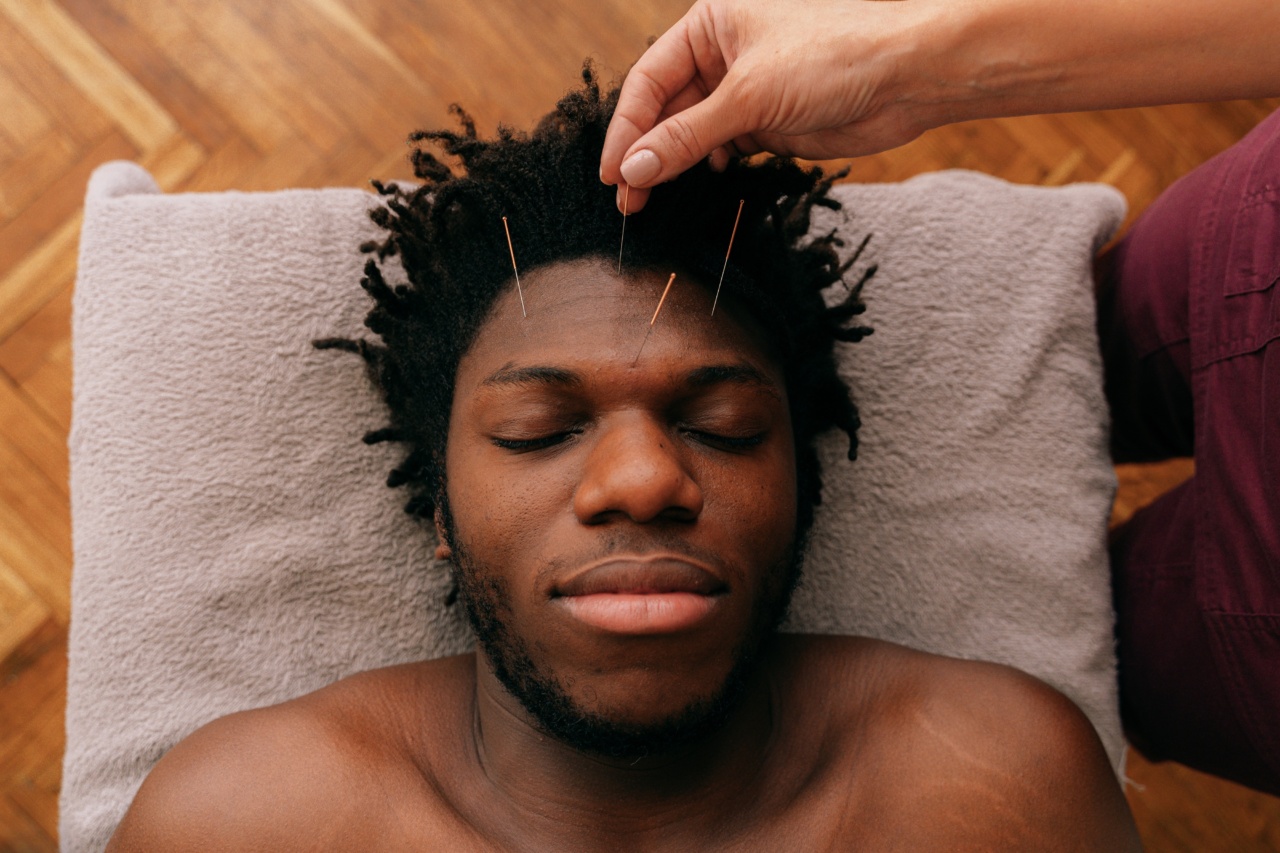Spring allergies, also known as seasonal allergies or hay fever, are a common allergic reaction that occurs during the spring season.
This type of allergy is triggered by the release of pollen from trees, grasses, and weeds, which are dispersed into the air and can easily be inhaled into the respiratory system.
Symptoms of spring allergies
When someone with allergies inhales pollen, their immune system reacts by releasing histamines, which cause the symptoms associated with allergies. The symptoms of spring allergies can vary from person to person, but the most common ones include:.
- Sneezing
- Runny or stuffy nose
- Itchy or watery eyes
- Coughing
- Wheezing
- Headache
- Fatigue
- Itchy throat or ears
- Dark circles under the eyes
These symptoms can range from mild to severe, and for some individuals, they can significantly affect their daily activities and overall quality of life during the spring season.
Traditional treatments for spring allergies
Conventionally, the treatment of spring allergies involves the use of antihistamines, decongestants, and nasal sprays to relieve symptoms. These medications work by blocking the effects of histamines or reducing inflammation in the nasal passages.
In addition to medication, allergen avoidance is also recommended. This includes staying indoors during peak pollen times, keeping windows closed, using air purifiers, and regularly washing clothes and bedding to remove allergens.
The rise of alternative treatments
In recent years, more individuals with spring allergies have been turning to alternative treatments, such as acupuncture, to alleviate their symptoms.
Acupuncture is an ancient Chinese medical practice that involves the insertion of thin needles into specific points of the body.
What is acupuncture?
Acupuncture is a key component of traditional Chinese medicine (TCM), which has been practiced for thousands of years. It is based on the concept of balancing the flow of energy, known as Qi (pronounced “chee”), throughout the body.
According to the principles of TCM, allergies are seen as an imbalance or blockage of Qi. Acupuncture aims to restore the balance of Qi and the overall well-being of the individual by stimulating specific points along the body’s meridians.
How does acupuncture work for allergies?
Acupuncture for allergies involves the insertion of thin, sterile needles into specific acupuncture points on the body. These points are believed to be connected to different parts of the body and can help regulate the flow of Qi.
The stimulation of these acupuncture points is thought to trigger the release of endorphins, which are natural pain-relieving compounds. It is also believed that acupuncture can modulate the immune system, reducing allergic reactions and inflammation.
Scientific evidence on acupuncture and allergies
While acupuncture has been used for centuries to treat various ailments, including allergies, the scientific evidence regarding its effectiveness is still limited and ongoing. However, some studies have shown promising results:.
A 2015 study published in the journal Annals of Allergy, Asthma & Immunology found that acupuncture treatment combined with routine care significantly improved nasal symptoms and quality of life in participants with allergic rhinitis compared to routine care alone.
Another study published in the journal Allergy in 2013 concluded that acupuncture is a safe and effective therapy for persistent allergic rhinitis.
However, it is important to note that more research is needed to fully understand the mechanisms behind acupuncture and its specific effects on allergies.
What to expect during an acupuncture session
During an acupuncture session, a licensed acupuncturist will assess your overall health and specific allergy symptoms. They will then determine which acupuncture points are appropriate for your condition.
Once the points are identified, the acupuncturist will insert thin needles into those points. The needles are typically left in place for around 20 to 30 minutes while you lie comfortably on a treatment table.
Some people may feel a slight tingling sensation or a dull ache when the needles are inserted, but acupuncture is generally not painful. Many individuals find the experience to be relaxing and may even fall asleep during the session.
Integrating acupuncture with other treatments
It is important to note that acupuncture is not meant to replace conventional treatments for allergies. Instead, it can be used as a complementary therapy alongside medication or other allergen avoidance techniques.
If you are considering acupuncture for your spring allergies, it is essential to consult with a qualified acupuncturist who has experience in treating allergies.
They can provide an individualized treatment plan based on your specific symptoms and overall health.
Conclusion
While spring allergies can be a nuisance for many people, exploring alternative treatments like acupuncture may offer some relief.
Although more research is needed to fully understand its effectiveness, some studies suggest that acupuncture can help improve allergy symptoms and enhance overall well-being.
It is essential to consult with a licensed acupuncturist to discuss your specific symptoms and determine if acupuncture is a suitable option for you.
By integrating acupuncture into your allergy management plan, you may find additional support and relief during the spring season.






























